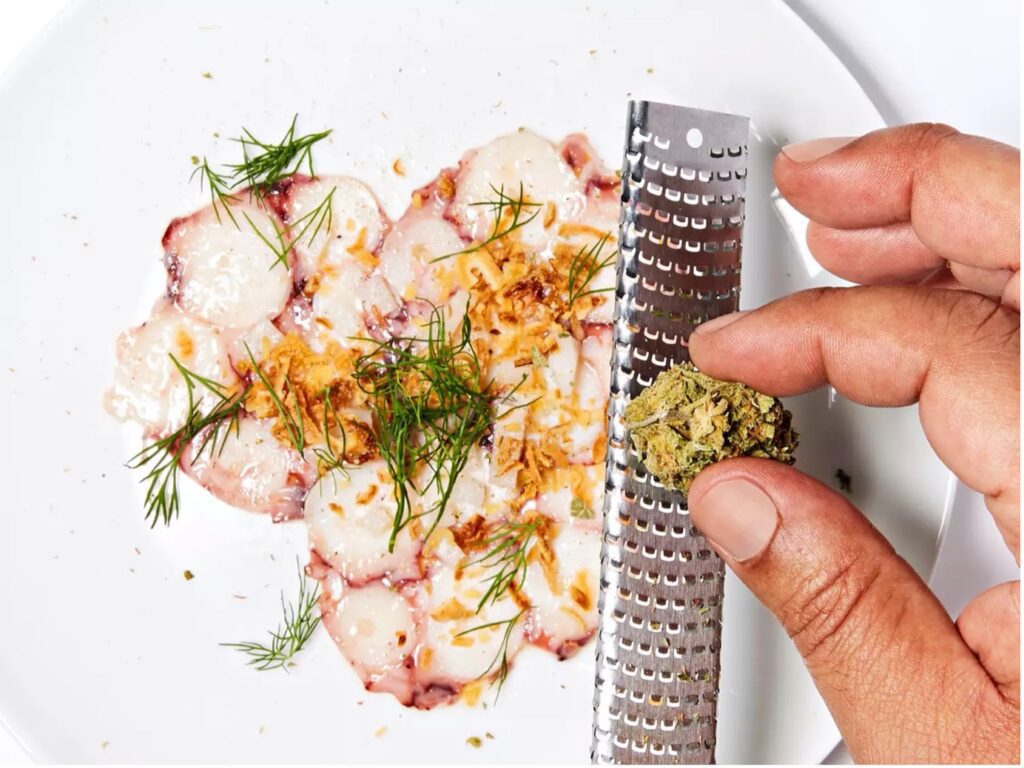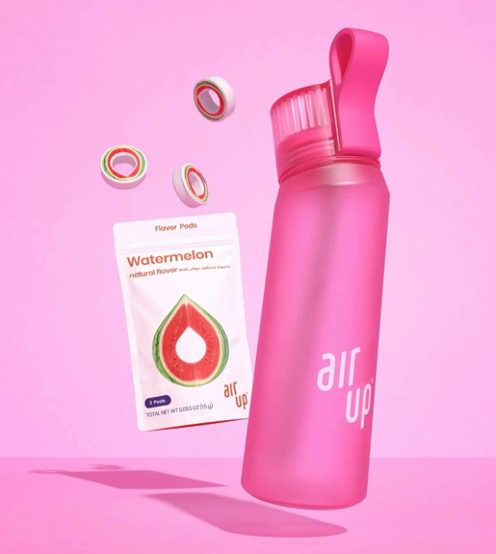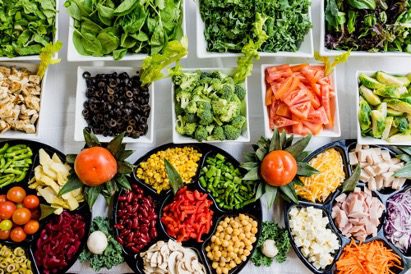Foodie fever! In this week’s special, Our Take: The Food Edit, we do a deep dive into the delicious and delectable. From mood foods and cannabis cooking, to scent-flavoured hydration systems endorsed by Kim Kardashian, we explore the weird and the wonderful of the culinary world.
MOODY FOODIES

It’s safe to say that our relationship with drugs has changed dramatically over the last decade or so. With the number of places in which cannabis has been legalised (outside of Ireland) growing and the popularity of CBD-infused products, there is a lot more openness towards an acceptance of controlled substances within the wellness culture.
A growing trend has been so-called “mood foods” and drinks that infuse cannabis and mushroom derivatives helping consumers with relaxation, improving sleep, and reducing stress. What’s more, there are various online outlets for those looking to increase their repertoire of cannabis-infused recipes. The Vice Munchies series and the Cannabis Cooking Channel includes an impressive number of recipes and have exploded in popularity recently. pointing toward a sustained interest in marijuana-infused entrees, deserts, and even cocktails.
Read all about it here.
UP IN THE AIR

Health experts have always been harping on that the average human should drink between two and three litres of water a day. For many of us (including me!), the blandness of water can make it a bit of a chore but thankfully there’s a new magic bottle on the market that tricks your brain into thinking you’re tasting flavours.
Air Up bills itself as a “scent-flavoured hydration” system — a water bottle with a special scent pod that’s supposed to make you “taste” fruity fragrances as you drink plain water. It relies on the science of retronasal olfaction (also called retronasal smell – ooh science), or the ability to perceive scents through your mouth while eating and drinking.
Uber trend setter Kim Kardashian was recently pictured with an Air Up Water Bottle during an appearance for Peloton appearance which obviously means it’s going to be the next big thing.
If Air Up Bottles manage to help people to drink more water, then we’d consider it a win. However, the price point might be a bit hard to swallow. The bottles themselves range from at €40 – €60 with packs of flavour pods costing a further €20… oh, and you need to supply your own water. Check it out here.
STEAKS COMING OUT OF THIN AIR

If it sounds too good to be true, it usually is, but every now and then you get something truly brilliant.
There’s been a lot of convos about food production (mostly meat) and the industry’s impact on climate change – globally producing 19 times more CO2 than international aviation – and scientist Lisa Dyson saw an opportunity to make a big difference… by figuring out how to make food from basically thin air. ‘Air Protein’ is created using just microbes (like in cheese fermentation), water, energy (renewable, of course) and elements found in the air. CO2, nitrogen, and oxygen are whisked through huge fermentation tanks, where the microbes produce proteins within hours.
It sounds completely wild, but it’s based on vintage research from a NASA project back in the 1960s that never quite got ‘launched’, so it’s great to see it ‘take off’.
WHY IS IT SPICY?

Every year, Whole Foods Market’s Trends Council unveil its top 10 anticipated food trends for the forthcoming year, and in 2023 and produce-packed pastas, repurposed pulp and climate-conscious callouts are among the food trends expected to rise in popularity in the next year.
Consumers can expect to see more plant-based pasta alternatives like spaghetti squash, hearts of palm penne and even green banana fusilli. Also, as more and more consumers opt for dairy alternatives such as almond and oat milks, brands are upcycling by-products like oat, soy, and almond pulp, creating new products for the modern baker like alternative flours, baking mixes and ready-to-eat sweets.
Other trends include more brands working to improve the carbon impact of food production with brands using their labels and retailers using their aisles to talk more about sustainability efforts in a time when consumers expect brands and retailers to do more related to carbon and climate.
On the flavour index, curry and “swicy” are set to dominate palettes and menus alike. Swicy, which is heavily influenced by South Korean cuisine, is a collision between sweet and spicy elements in a single entrée, dessert, or side. Swicy food includes hot honey, chili dark chocolate candy bars, and even some types of Hot Chicken.
More trends here.
